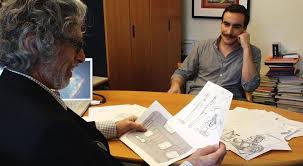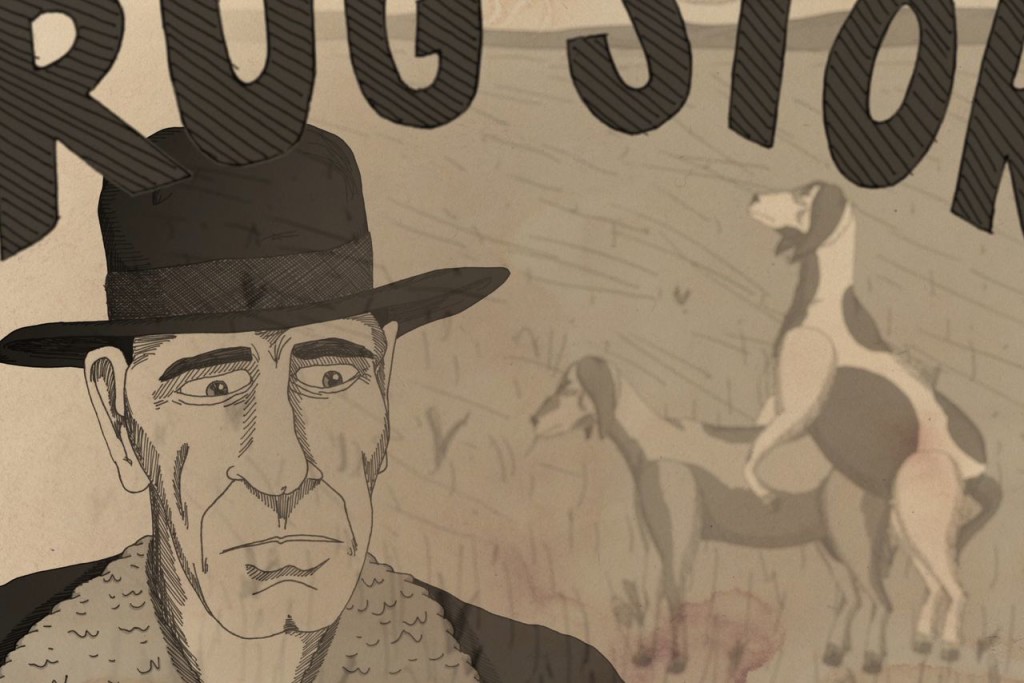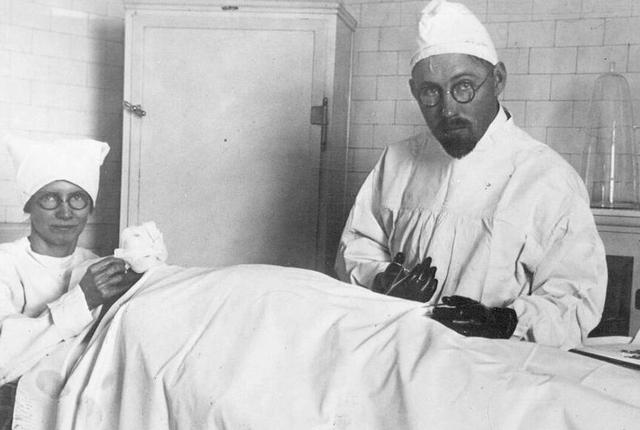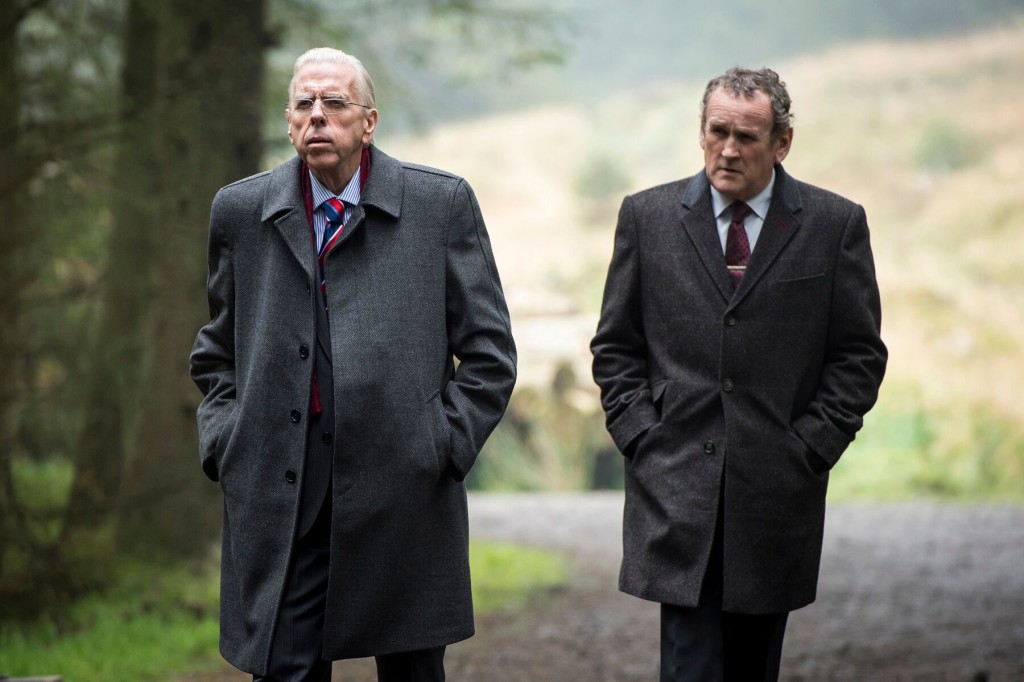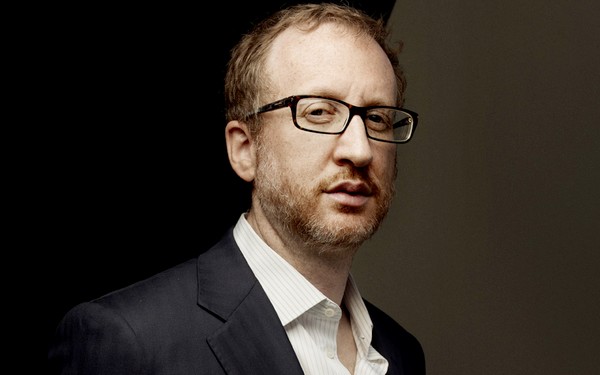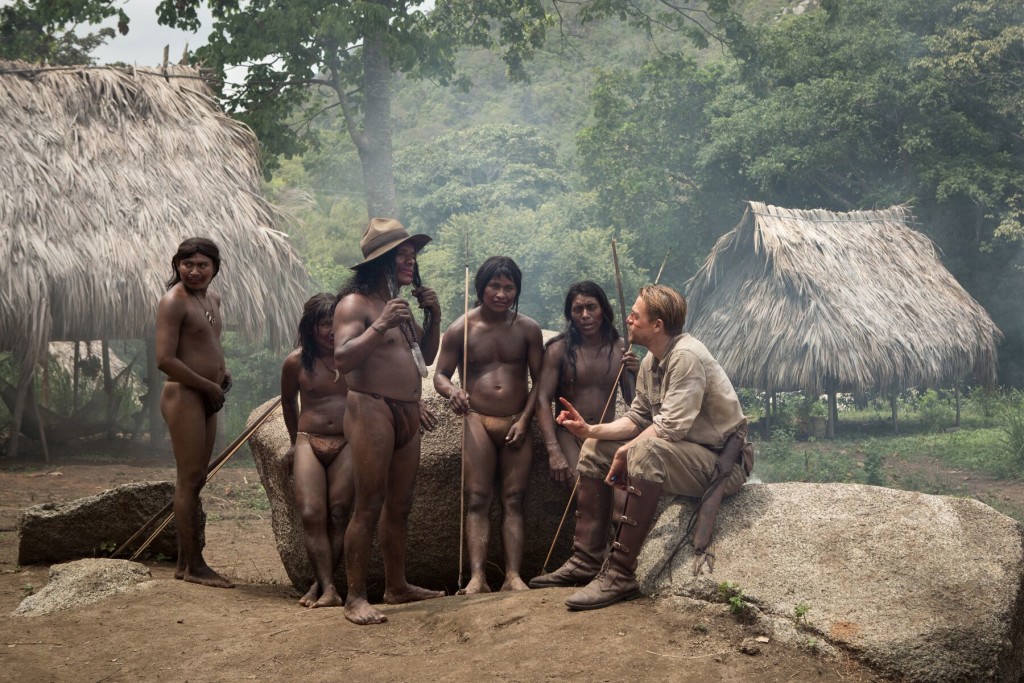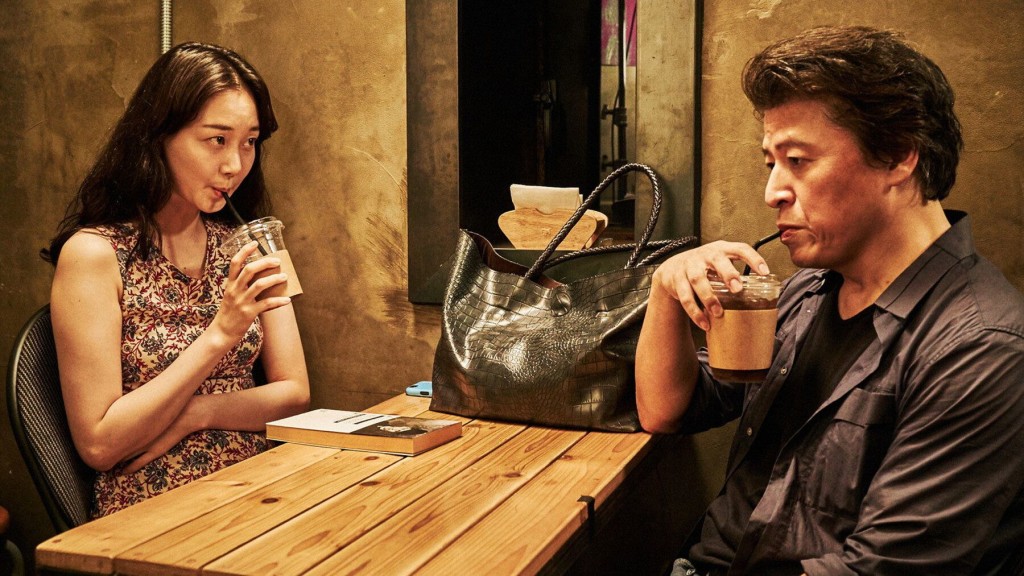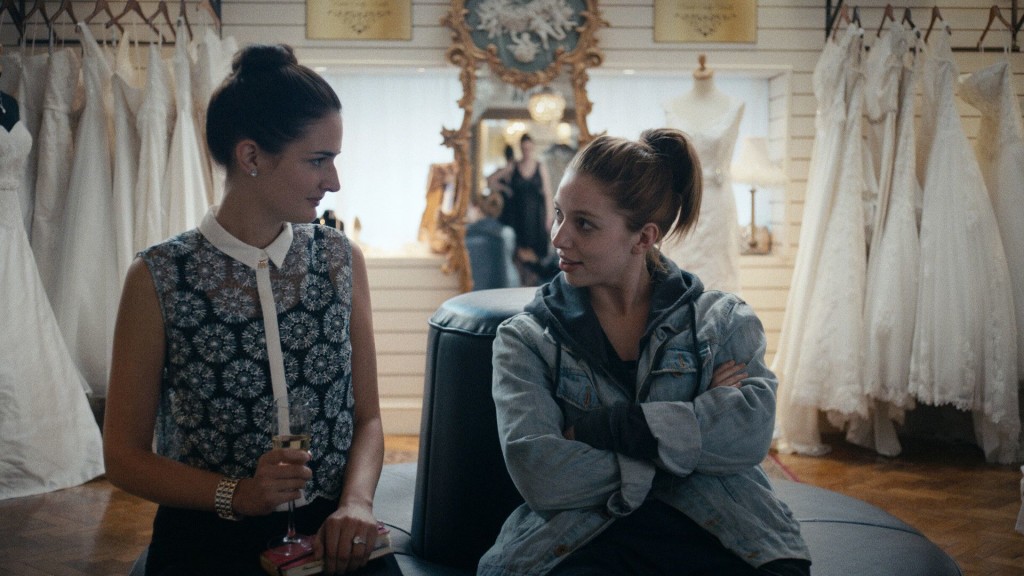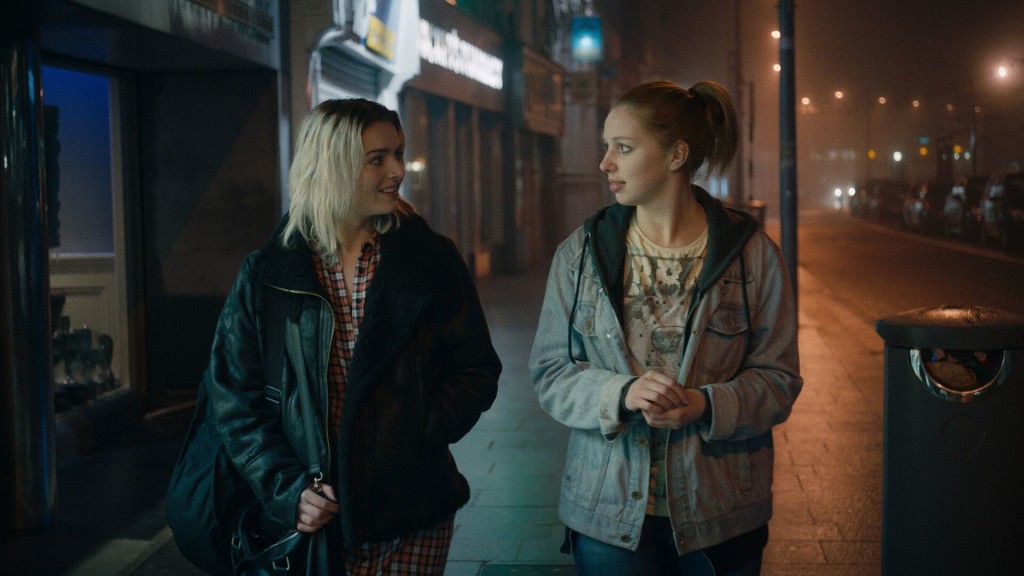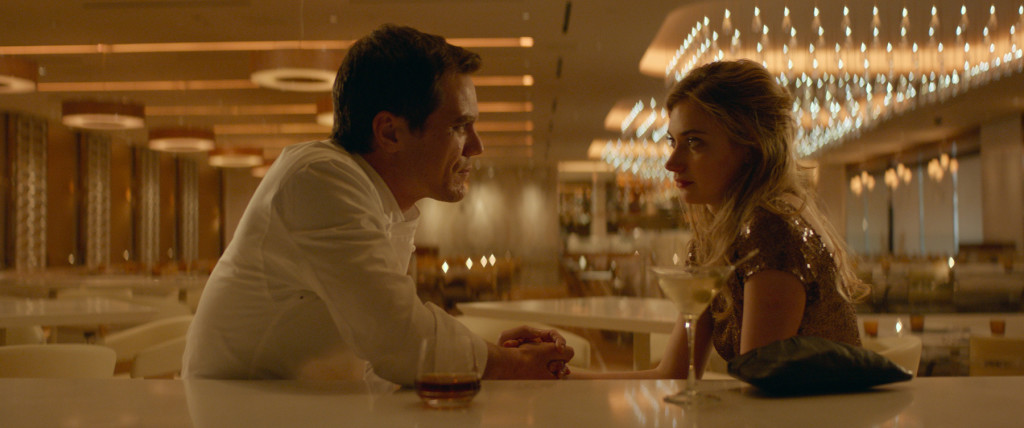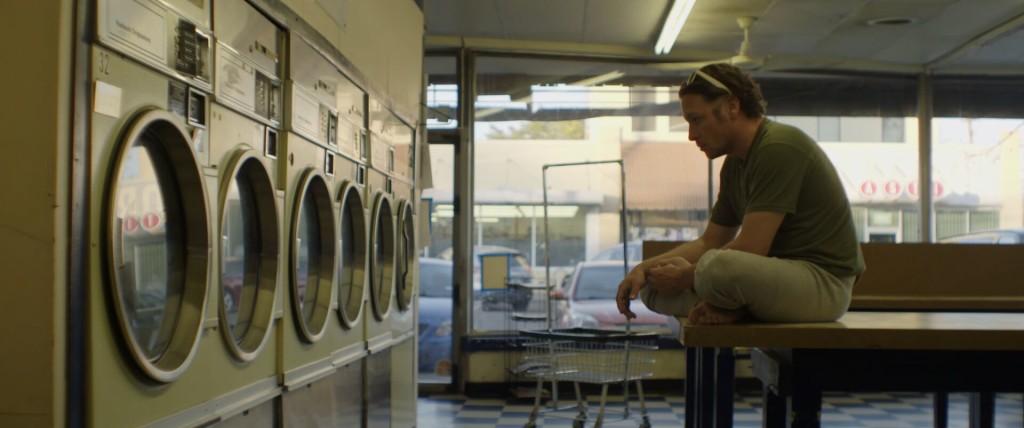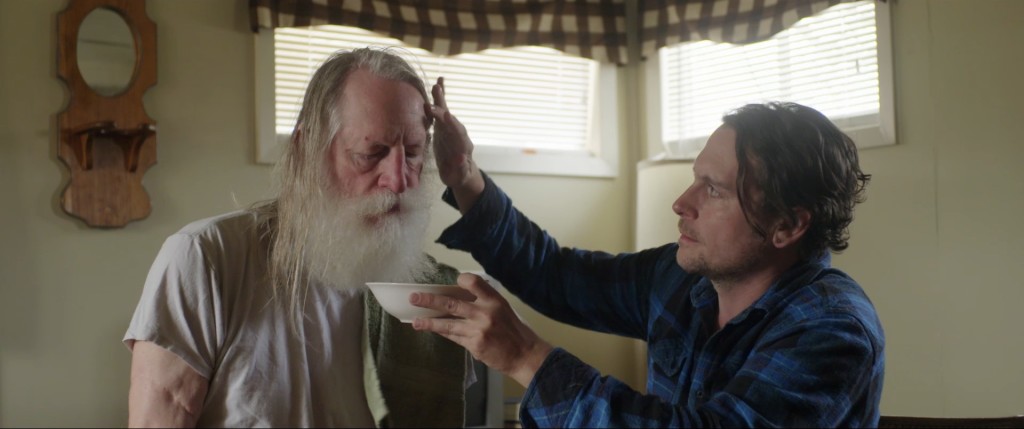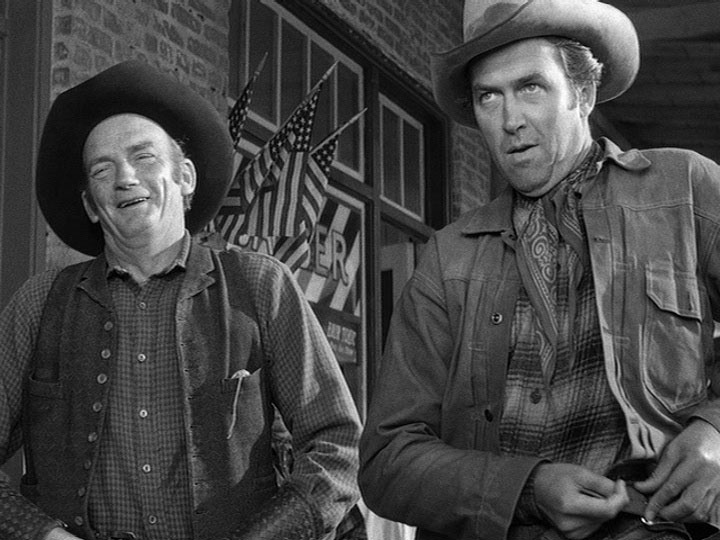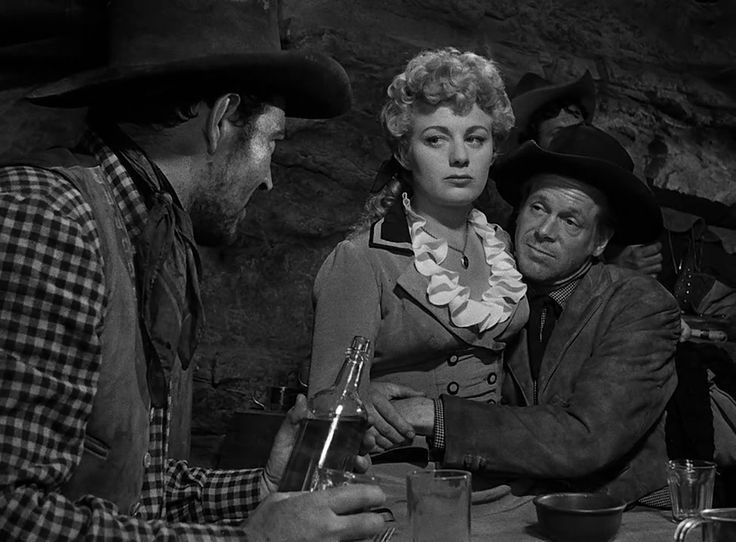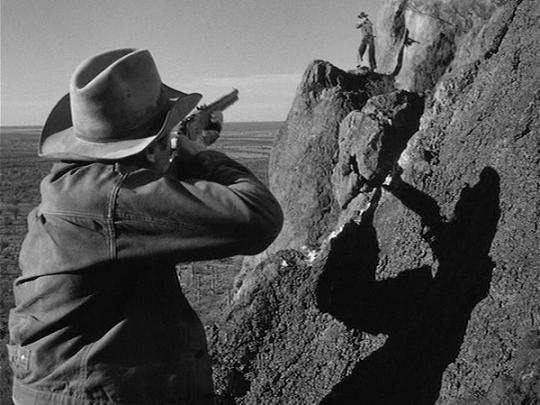
Here’s a MUST SEE – the unforgettable coming of age Me and Earl and the Dying Girl, a brilliant second feature from director Alfonso Gomez-Rejon. The title suggests a weeper (and it is), but 90% of Me and Earl is flat-out hilarious. It’s high on my list of the Best Movies of 2015 .
Greg (Thomas Mann) is a Pittsburgh teenager who has decided that the best strategy for navigating high school is to foster good relations with every school clique while belonging to none. Embracing the adage “hot girls destroy your life”, he gives the opposite gender a very wide berth. Outwardly genial, Greg is emphatically anti-social in practice, except for his best friend Earl (Ronald Cyler II). But he even refuses to admit that Earl is his friend, describing him “as more of a co-worker”.
Greg’s parents disrupt Greg’s routine by forcing him to visit his classmate Rachel (Olivia Cooke), who has just been diagnosed with leukemia. Rachel doesn’t want any pity, so this is awkward all around until Greg makes Rachel laugh, which draws him back again to visit -and again. A friendship, based on their shared quirky senses of humor, blossoms, but – given her diagnosis – how far can it go?
Rachel is delighted to learn that Greg and Earl shoot their own movies – short knock-offs of iconic cinema classics. She first laughs when she finds that he has remade Rashomon as MonoRash. Their other titles include Death in Tennis, Brew Velvet and A Box of Lips Now.
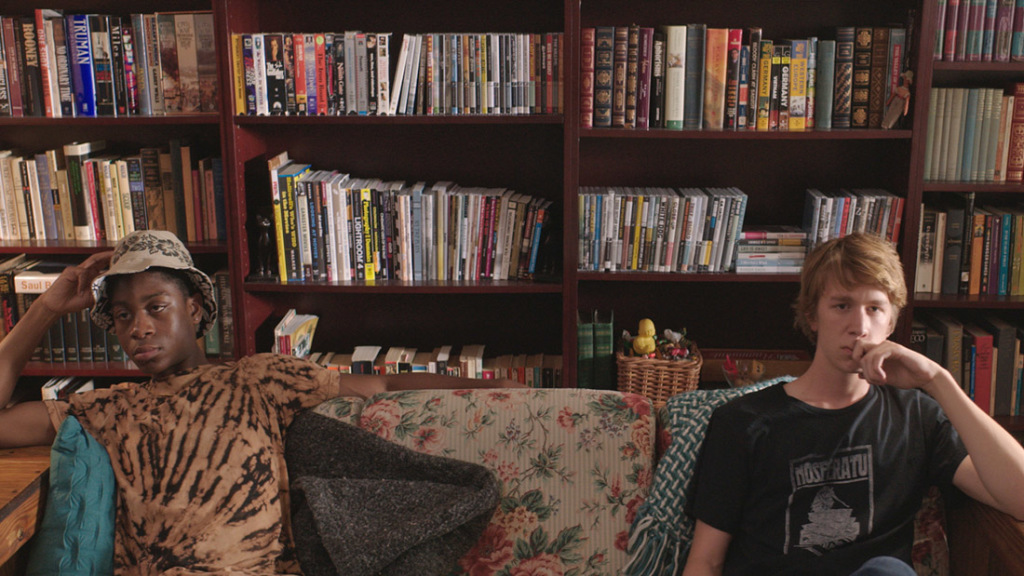
Why is Me and Earl so successful? Most importantly, it perches right on the knife-edge between tragedy and comedy, and does so more than any movie I can think of. As funny as it is, we all know that there’s that leukemia thing just under the surface. But, with its originality and resistance to sentimentality, Me and Earl is the farthest thing from a disease-of-the-week movie.
Any movie lover will love all the movie references, as well as Greg and Earl’s many short films. Gomez-Rejon shot these shorts with Super 8, Bolex, digital Bolex and iPhone. Jesse Andrews adapted his own novel, and, as Gomez-Rejon expanded the number of “films within the film”, he called on Andrews to supply him with the new titles – and there are scores of them, right through the ending credits.
Finally, Me and Earl’s art direction is the most singular of any coming of age film. In fact, all the art direction led to the movie’s very satisfying ending; Gomez-Rejon brought in those surprises on the wall at the end – it’s not in the novel.
But Me and Earl and the Dying Girl is at its heart a coming of age story. Sure, the character of Greg is an original, but the life lessons that he must learn are universal.
Thomas Mann is hilarious as Greg; he could be a great comic talent in the making. Cooke and newcomer Cyler are also excellent. Nick Offerman and Connie Britton are perfect as Greg’s well-meaning parents, as is Molly Shannon as Rachel’s needy mom. Jon Bernthal also rocks the role of Mr. McCarthy, another great character we haven’t seen before – a boisterously vital, but grounded history teacher; Mr. McCarthy lets Greg and Earl spend their lunch hours in his office watching Werner Herzog movies on YouTube. (And Herzog himself reportedly loves the references.)
Alfonso Gomez-Rejon started as a personal assistant to Martin Scorsese and worked his way up to second unit director. With the startling originality of Me and Earl, he’s proved his chops as an auteur.
I saw Me and Earl and the Dying Girl in May 2015 at the San Francisco International Film Festival (SFFILM) at a screening with Gomez-Rejon.
Me and Earl and the Dying Girl is a guaranteed crowd-pleaser and a Must See. It’s available on DVD from Netflix and Redbox and streaming from Amazon, iTunes, Vudu, YouTube and Google Play.

